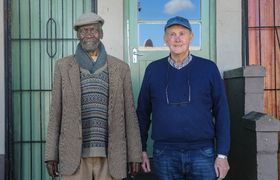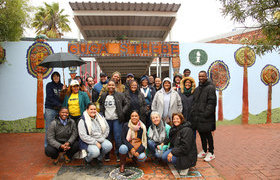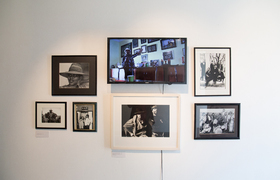How do we move forward as a country when the remnants of apartheid remain?
14 February 2024 | Story Thandile Xesi. Photos Nasief Manie. Read time 3 min.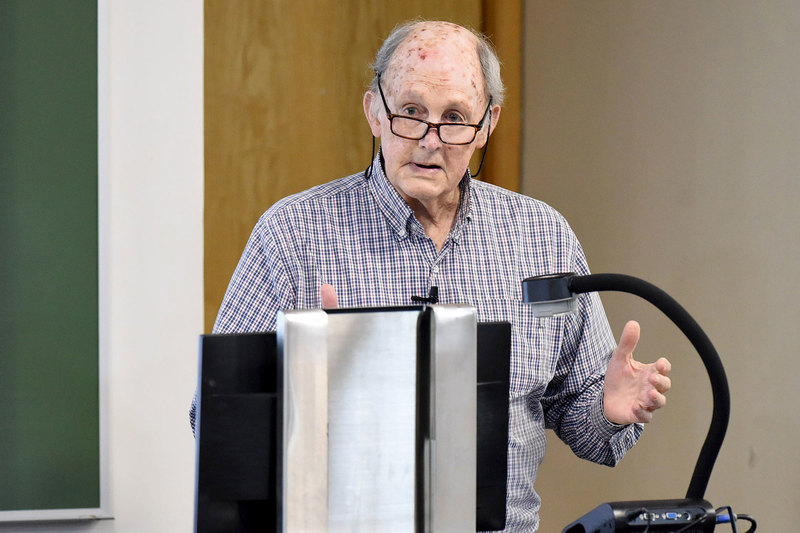
“Malign institutions built through apartheid remain alive in post-apartheid South Africa. If we don’t challenge them, how do we move forward as a country?” This was the focus of University of Cape Town (UCT) veteran architect Emeritus Professor Julian Cooke’s Summer School lecture titled “Compounds and Hostels: History and Transformation”. The lecture was held on Thursday, 25 January.
“The suburban model of city planning, with rows of identical houses along lengthy roads, creates a monotonous and sprawling landscape. As these roads extend further, commuting distances increase, leading to increased travel times for residents and a disconnect from the city centre,” said Emeritus Professor Cooke.
His lecture explored two main themes: the historical development of labour compounds and hostels in South Africa, including their origins in the Kimberley diamond fields and expansion throughout the country; and the transformation of a Cape Town project that successfully reshaped the institution, setting a positive precedent for South African urbanism.
Compounds and hostels as ‘non-places’
The apartheid government utilised compounds and hostels to house black migrant workers and segregate them from white communities. Cooke described this as not only tools for isolation and surveillance but also as ‘non-places’, emphasising their role in disconnecting residents from their cultural and social roots and preventing the development of cohesive communities.
“The apartheid government established two primary institutions: compounds and hostels, and townships. Both are located on the outskirts of cities and were designed as ‘non-places’, meaning they lacked the essential elements that create a sense of community and belonging.”
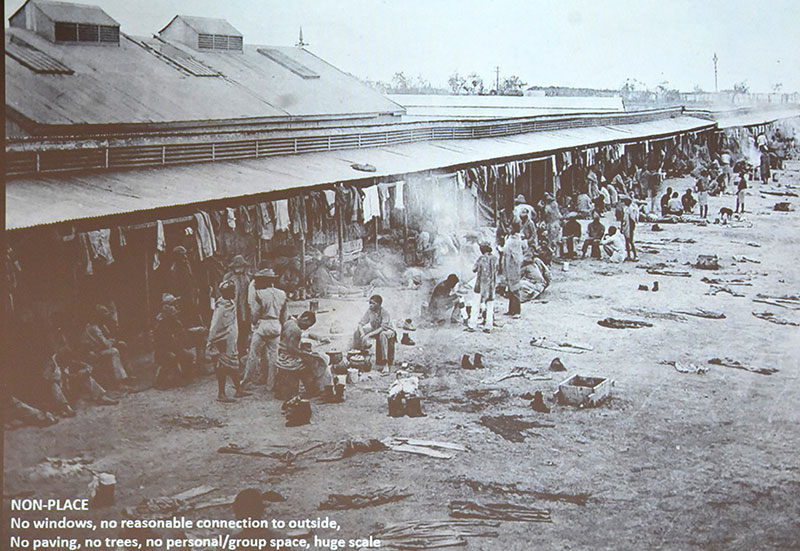
“In my view, a place becomes a home when it provides a sense of familiarity and ownership, allowing individuals to establish personal connections and cultivate a sense of belonging. Hostels, on the other hand, often lack these qualities, as they are designed to be temporary and impersonal, hindering the development of relationships and a sense of community among residents.”
Apartheid social and spatial planning persists
Despite the substantial changes that undergirded the course of historical development, said Cooke, the spatial and social organisation of hostels constituted a set of power relations which persisted for centuries.
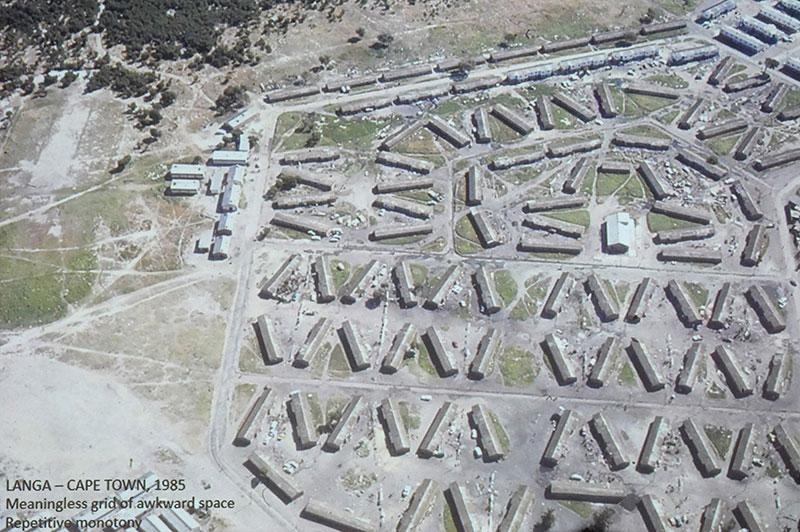
Cooke expressed concern about the current government’s approach to housing and development.
“During the apartheid era, the government implemented a project to construct 51 m2 houses extending all the way to Zambia. However, the current government inherited this spatial arrangement and reduced the size of housing to 41 m2,” said Cooke.
“The government and local authorities need to do something to address these problems,” he added.
Cooke criticised the current suburban model (linked to early modernist planning) as anti-poor because it drives more people away from the city.
“Most old cities are mixed (integrated) in use, and the suburban model drives people further away,” Cooke said.
“Integrated cities prioritise fairness and equity in all aspects of human life, ensuring that all residents have access to essential services, resource, and opportunities.”
Cape Town Project
The Cape Town Project was launched in response to the challenges faced by hostel residents, with the Western Cape Hostel Dwellers Association (HDA) enlisting Cooke and his colleague Paul Andrew to develop solutions. The HDA’s momentum was fuelled by a 1981 decision by the local authority to permit the conversion of a disused ablution facility into a dry-cleaning port in the Nyanga hostel.
An influential figure in this initiative, Clarence Mahamba, played a pivotal role in efforts to enhance the hostels in KwaLanga, Nyanga, and Gugulethu.
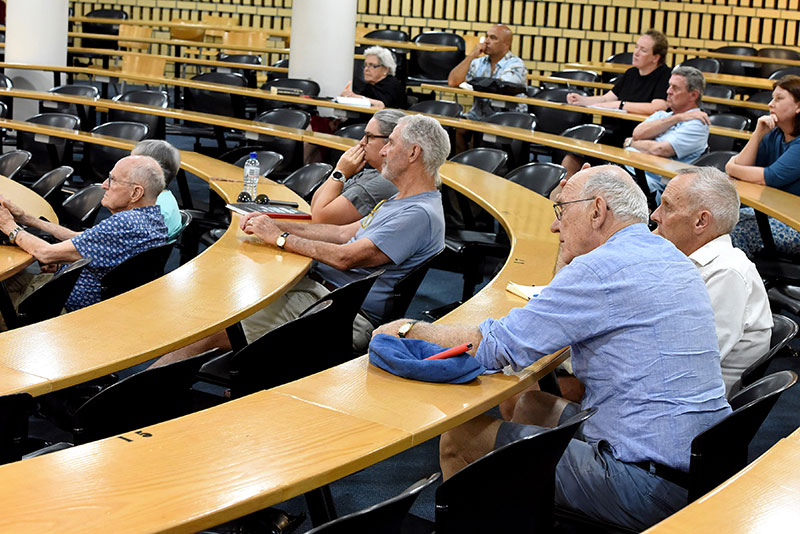
Cooke highlighted the significance of the KwaLanga hostels, stressing that their story needed to be incorporated into South African history as a tribute to its people.
“The project involved redesigning the hostels to face the streets, creating social spaces and shared semi-private areas behind them,” he said.
Cooke detailed these efforts in his book, highlighting the success of the community-initiated housing project, which now provides housing for thousands of Capetonians.
“HDA’s initiative serves as a notable example of a community-led housing project that has achieved considerable success. The project’s positive impact is evident in both social and spatial aspects, as it has improved living conditions and created a more inclusive and equitable community for thousands of Cape Town residents.”
 This work is licensed under a Creative Commons Attribution-NoDerivatives 4.0 International License.
This work is licensed under a Creative Commons Attribution-NoDerivatives 4.0 International License.
Please view the republishing articles page for more information.







